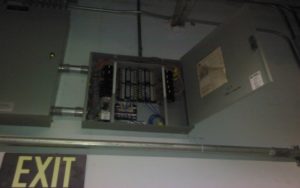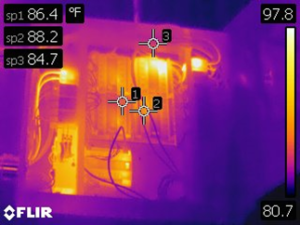Thermography
what is thermography?
Thermography is the use of infrared (IR) imaging. It is a valuable tool for inspecting and performing non-destructive testing of building elements. Thermography detects where and how energy is leaking from a buildings envelope, collects data for clarifying the operating conditions. IR inspections involve the detection of IR electromagnetic radiation emitted by the inspected object.
why do you need thermography?
The collected information can be used as part of other investigative procedures to identify potential problems, quantify potential energy savings, schedule interventions and set priorities for preventive and predictive maintenance or the need for immediate services to minimize the risk of failure.
a thermal inspection of building diagnostics will:
- Visualize energy loss
- Detect poor insulation
- Detect improper installation
- Source air leaks
- Locate moisture, mold and fungi
- Locate thermal bridges
- Detect under-floor heating defects
- Find electrical faults such as fuses, panels and lighting
advantages of thermography:
- It is able to find deteriorating, i.e., higher temperature components prior to their failure.
- It is a non-destructive test method.
- It detects connections that are loose, poorly installed, corroded, overloaded circuits, potential fire hazards etc.
- It detects conditions and defects before they become a serious/costly problem. The exact location of the potential problematic point can be easily determined.



to interpret the results requires a certain experience and knowledge – we have a certified thermographer on staff!


